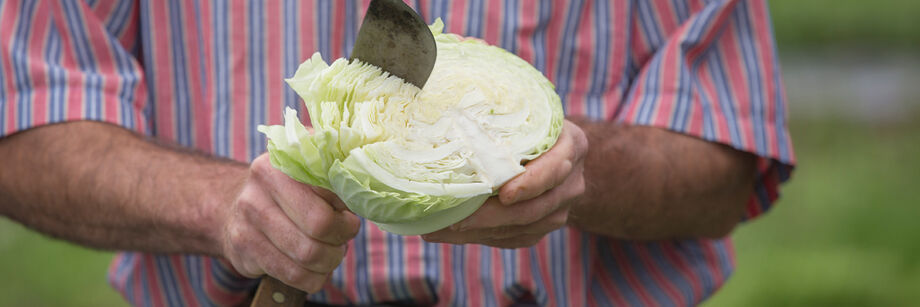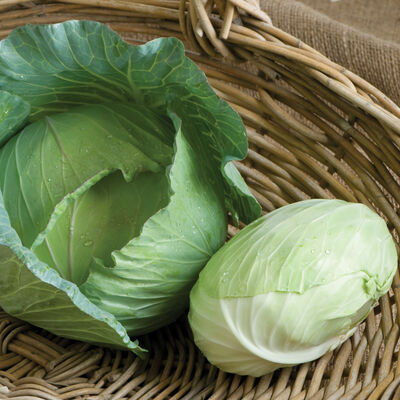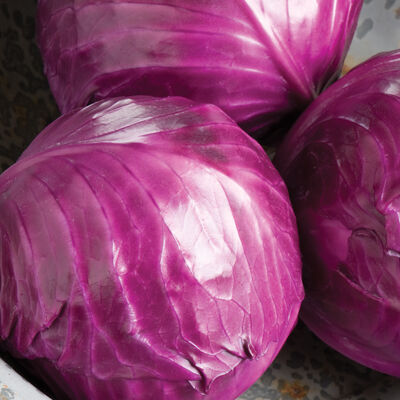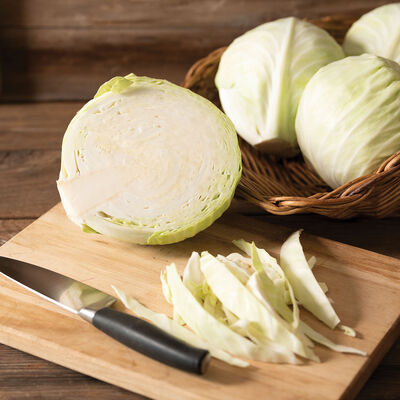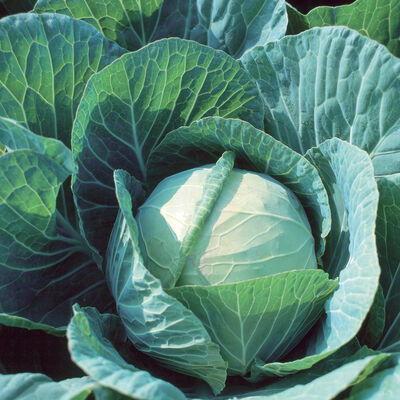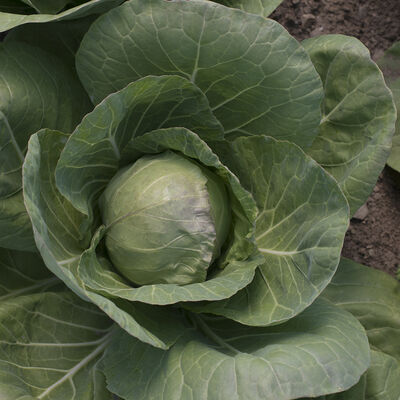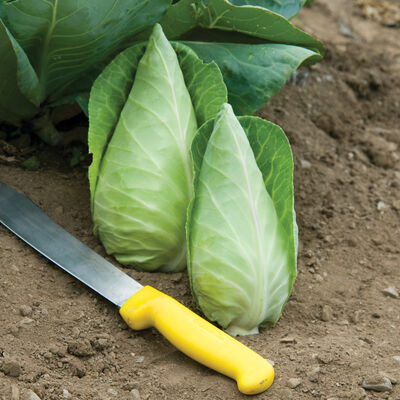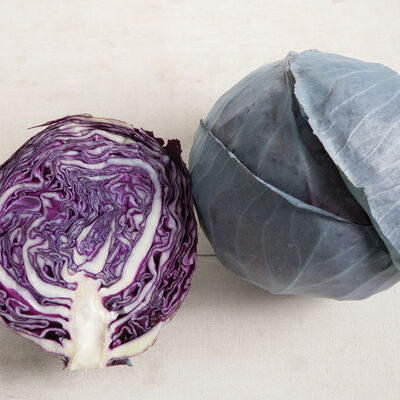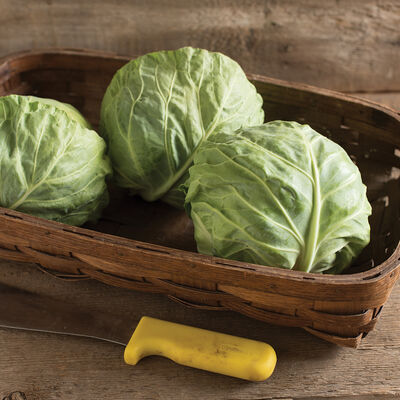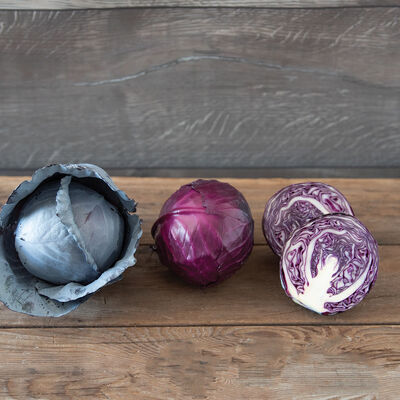A nutritious, highly diverse staple for sauerkraut, coleslaw, wraps, and stir-fries, cabbage can be readily stored as whole heads or used for fresh eating, depending on the variety. We offer both green and red, smooth and savoyed leaf types. Our selection criteria include: 1) Delicious, sweet flavor and crisp texture; 2) Small- to medium-size heads; 3) Suitability for close spacing to produce mini cabbage; 4) Densely-packed interiors and extra-short cores for more usable cabbage; and 5) Very good resistance to splitting.
27 Products
Sort By:
Sort By:
Tendersweet
(F1) Cabbage Seed
Great flavor raw or lightly cooked; heads stand well without splitting.
Farao
Organic (F1) Cabbage Seed
Delicious early variety holds well in the field and is slow to split.


